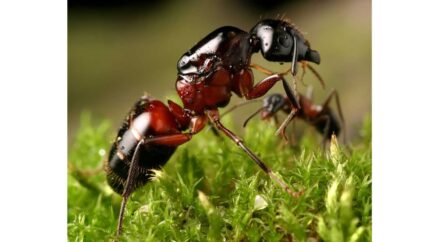
Camponotus ligniperda
$21.92 – $71.30Price range: $21.92 through $71.30
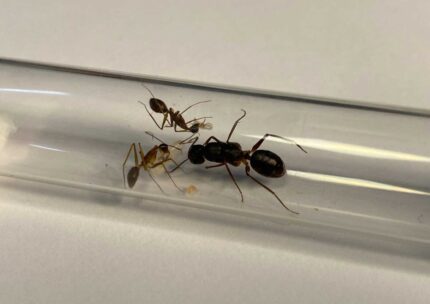
Camponotus mitis
$52.10 – $79.53Price range: $52.10 through $79.53
Camponotus maculatus
$76.79 – $137.15Price range: $76.79 through $137.15
SKU:
AOTA72
Category: Ants
Tags: ant, Ant Atlas, ant colony, ant on top, antontop, ants, Atlas de hormigas, Atlas Mrówek, book, Camponotus arnoldinus, Camponotus maculatus, Queen of ants
Worldwide shipping
Free delivery over 999 PLN
The highest quality of goods
Live delivery guarantee
24/7 Personal Support
Fair Prices
Description
Camponotus maculatus is a monogynous ant species with colonies of up to 10,000 workers. They have a fast development speed. The queen measures 15-17mm, workers measure 6-10mm, and majors measure 13-16mm. The ants have a black head and unevenly colored breast and belly. They are fed on food insects and syrup.
Additional information
| Behavior | |
|---|---|
| Difficulty in breeding | |
| Origin | |
| The size of ants | |
| Wintering |
Description
Camponotus maculatus (Spotted Carpenter Ant)
- Colony type: Monogyny
- Colony size: Up to 10,000 workers
- Development speed: Fast
Size
- Queen: 15 – 17mm
- Workers: 6 – 10mm
- Majors: 13 – 16mm
Color: The queen displays a black head, while the breast and belly can vary in light or dark, uneven coloring. Workers exhibit a range of colors, with some having light heads and others having dark heads.
Nutrition
- Food insects (such as cockroaches and crickets) dead, or live if colony is big
- Syrup (a mixture of water and honey or sugar, with a ratio of 3 water:1)
- Fruits and vegetables
- Jelly
- Cooked chicken without salt, shrimps
- Honey
Don’t forget to check out our food products to ensure a well-balanced diet for your colony!
Humidity and Temperature
- Arena humidity: 30 – 50%
- Nest humidity: 50 – 60%
- Arena temperature: 18-30 °C
- Nest temperature: 24-28 °C
Recommended Nests for Breeding
- Acrylic
- Cork
- Plaster
- Aerated concrete
Reviews
Rated 0 out of 5
0 reviews
Rated 5 out of 5
0
Rated 4 out of 5
0
Rated 3 out of 5
0
Rated 2 out of 5
0
Rated 1 out of 5
0
Be the first to review “Camponotus maculatus” Cancel reply
Related products
Acromyrmex octospinosus
$192.02 – $356.63Price range: $192.02 through $356.63
Select options
This product has multiple variants. The options may be chosen on the product page
Anochetus risii
$112.46 – $172.81Price range: $112.46 through $172.81
Select options
This product has multiple variants. The options may be chosen on the product page
Aphaenogaster dulcineae
$16.43 – $41.13Price range: $16.43 through $41.13
Select options
This product has multiple variants. The options may be chosen on the product page
Azteca forelii
$137.15 – $227.68Price range: $137.15 through $227.68
Select options
This product has multiple variants. The options may be chosen on the product page
Bestsellers
Messor barbarus
$9.85 – $65.82Price range: $9.85 through $65.82
Select options
This product has multiple variants. The options may be chosen on the product page
Camponotus singularis
$87.76 – $202.99Price range: $87.76 through $202.99
Select options
This product has multiple variants. The options may be chosen on the product page


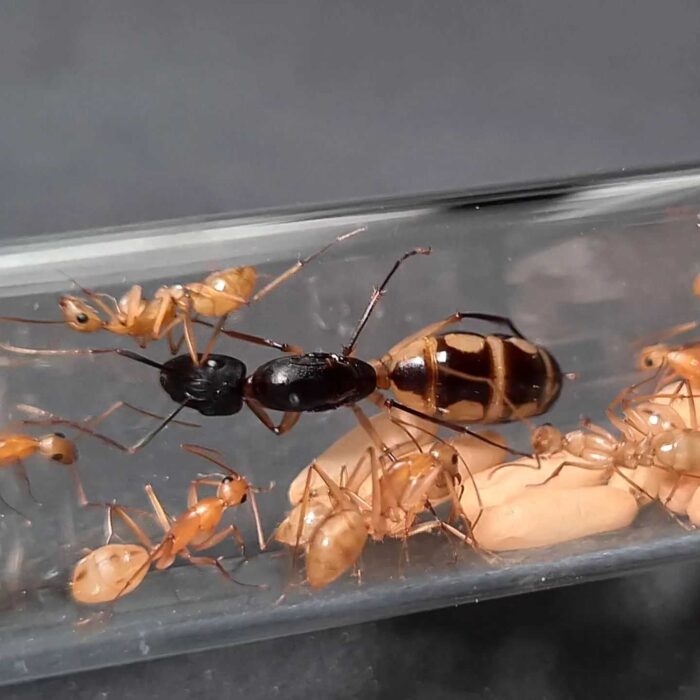
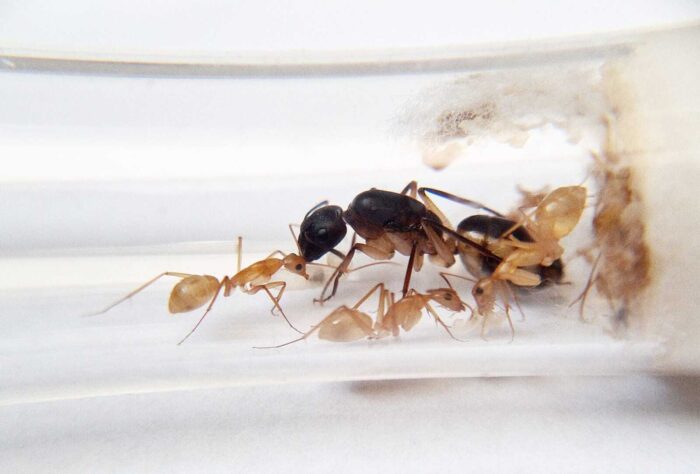
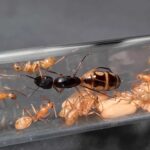
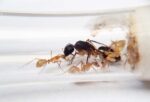
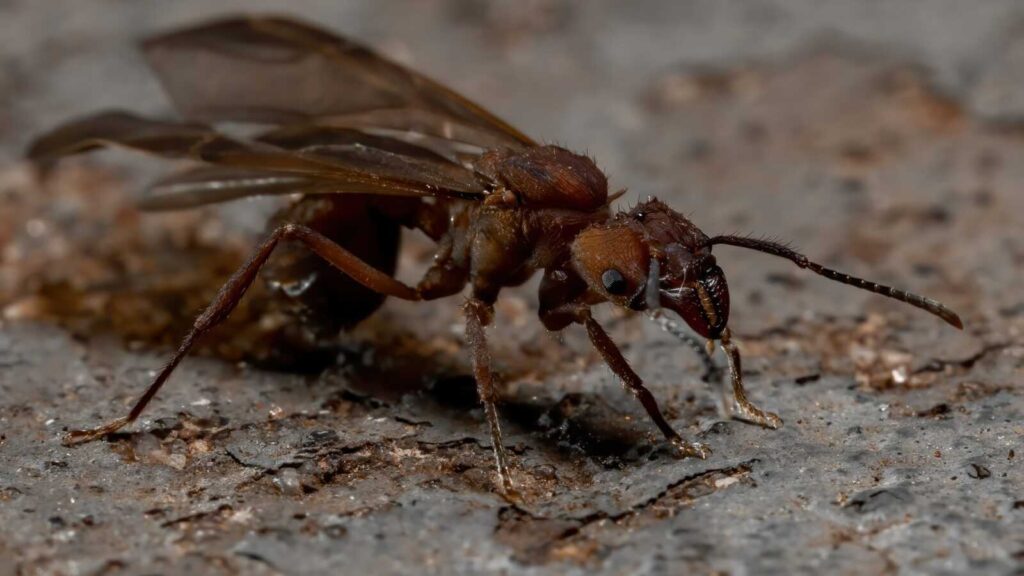

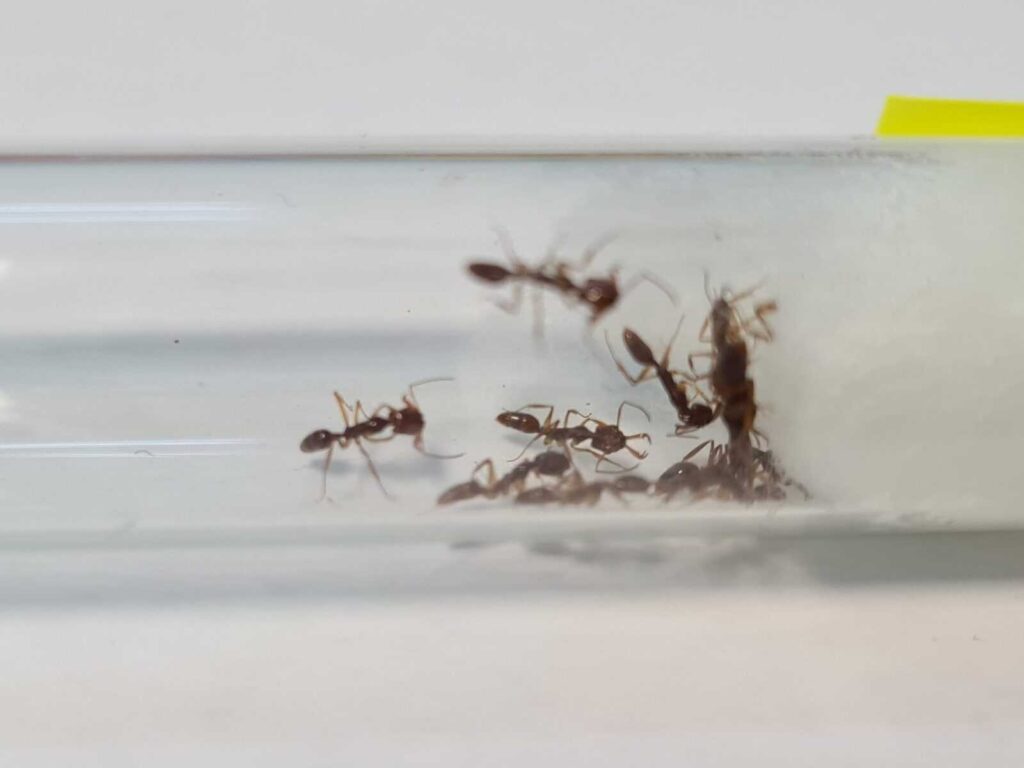
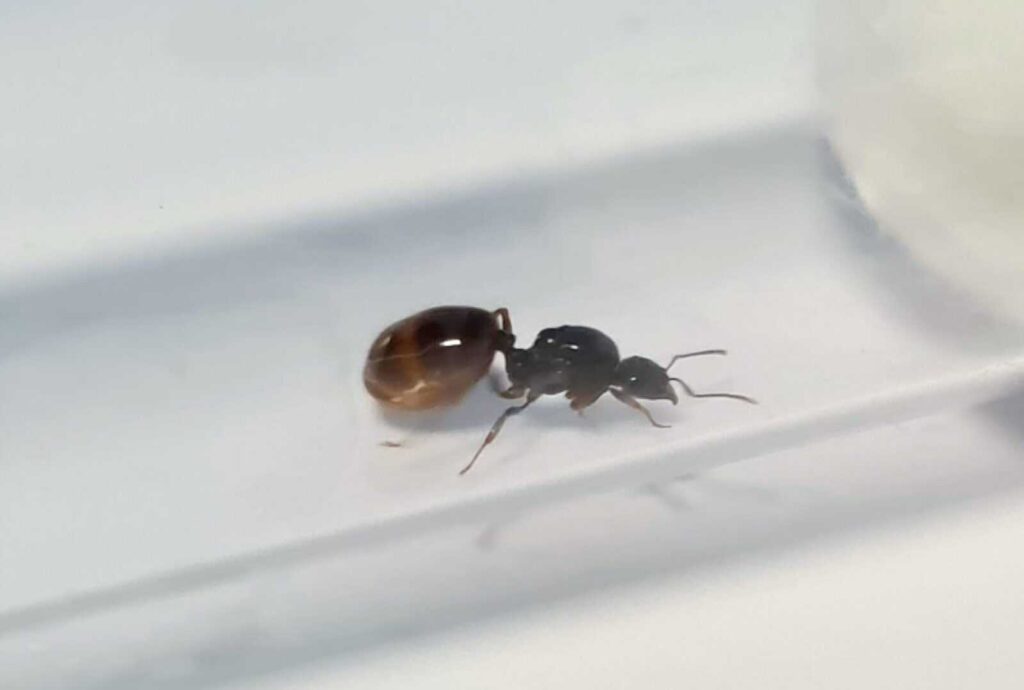
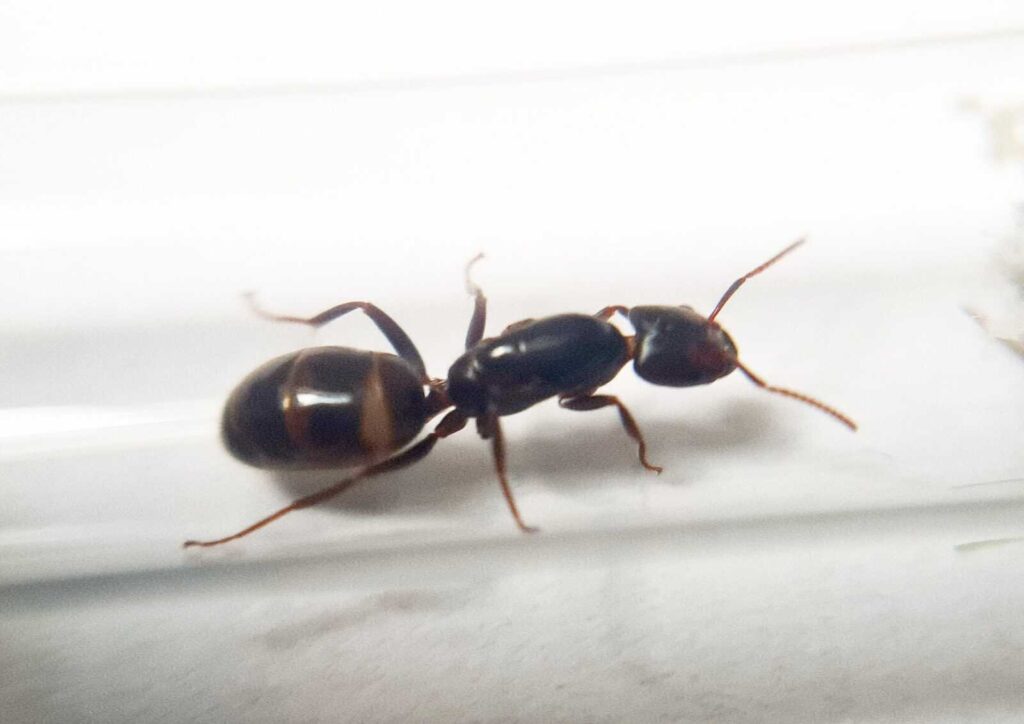




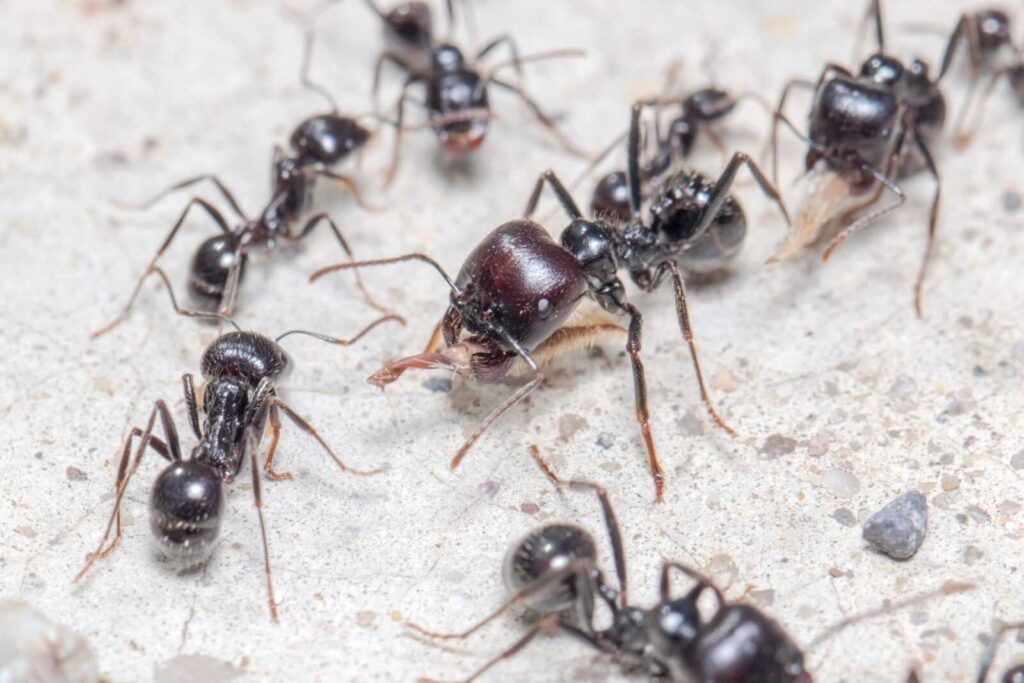


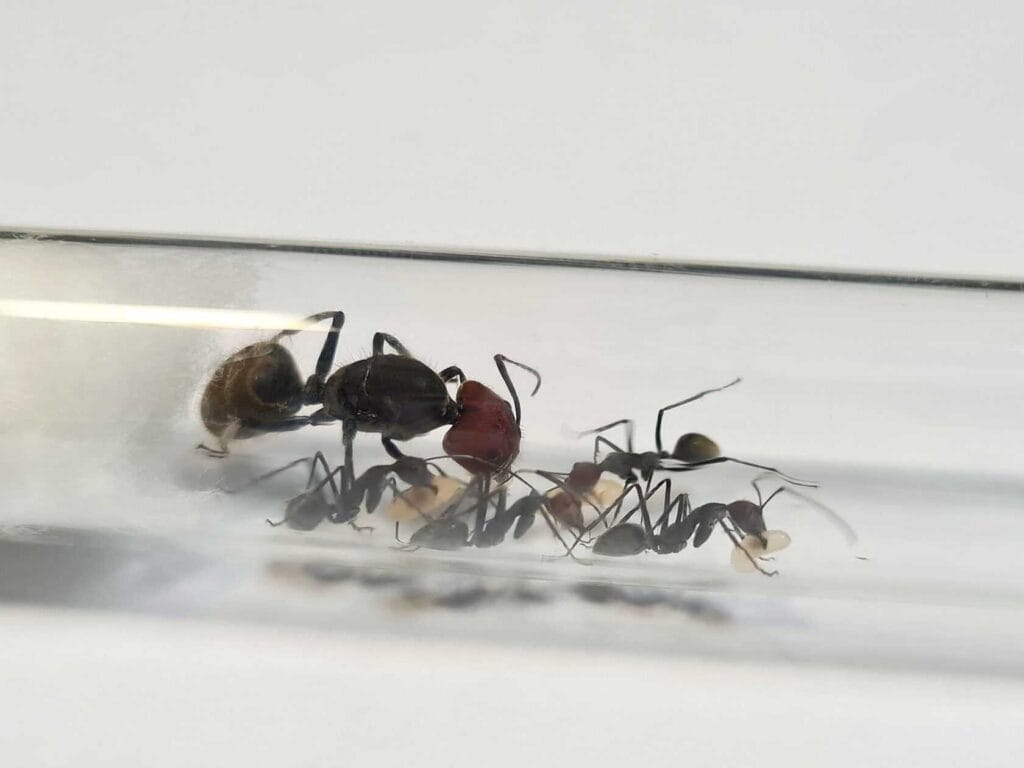


Reviews
Clear filtersThere are no reviews yet.